Today’s supply chain is completely different than it was just 10 or 15 years ago.
In this short amount of time, paper record-keeping has morphed into fully digital, up to the minute, automated series of data point recordings. The eCommerce supply chain is changing fast, in real-time.
A Few Tricks of the Modern Supply Chain
Of course, the many changes that the supply chain has experienced are largely attributable to tech that was designed to solve a single problem, but quickly showed potential to have more influence.
Take, for example, the simple smart label.
Smart label tracking is a great way to improve the customer experience, since they will always know where their return is as it works its way to the returns management team. But, as reverse logistics gets more and more complicated, tools like the smart label are also being used to help teams anticipate returns volumes and even pull the proper order information up prior to the item’s arrival.
Meet Industry 4.0
The smart label’s flexibility is child’s play compared to what the modern supply chain could do and become in the near future, according to Has-Georg Kaltenbrunner, VP of Strategy for Manufacturing at JDA Software.
This is his take on the future of logistics:
“Imagine a piece of metal that will eventually turn into … a part of a car body. That piece of metal has the capability, via a small identifying device, to negotiate its way through the factory and find the operation [center] that can do the job required. The piece of metal will tell a robot, ‘I’m becoming a Vauxhall model XYZ, … therefore you have to do this or that operation to me.’
“Similarly, on the transportation side, you then end up … with metal sheets that have been formed into the right shape for that particular car model and then the metal negotiates with the truck or lorry or vessel or air freighter and tells them, ‘Okay, I need to go to this destination on the other side of the country, so when do we leave? …”
“… the whole supply chain then eventually becomes self-steering and self-optimising. “
The Industrial Internet of Things
Each part of the supply chain is working through its own challenges on the path to that beautiful vision Kaltenbrunner sees. As these manufacturers, distributors, haulers, fulfillment centers and last mile haulers increasingly connect to the Cloud, they’re creating a second Internet of Things (IoT), nicknamed the Industrial IoT.
Like the IoT that supports things like home security systems and connected toasters, the IIoT is making it easier to do and see and control operations from anywhere in the world. It’s all in real-time, and almost as good as being right there on the ground.

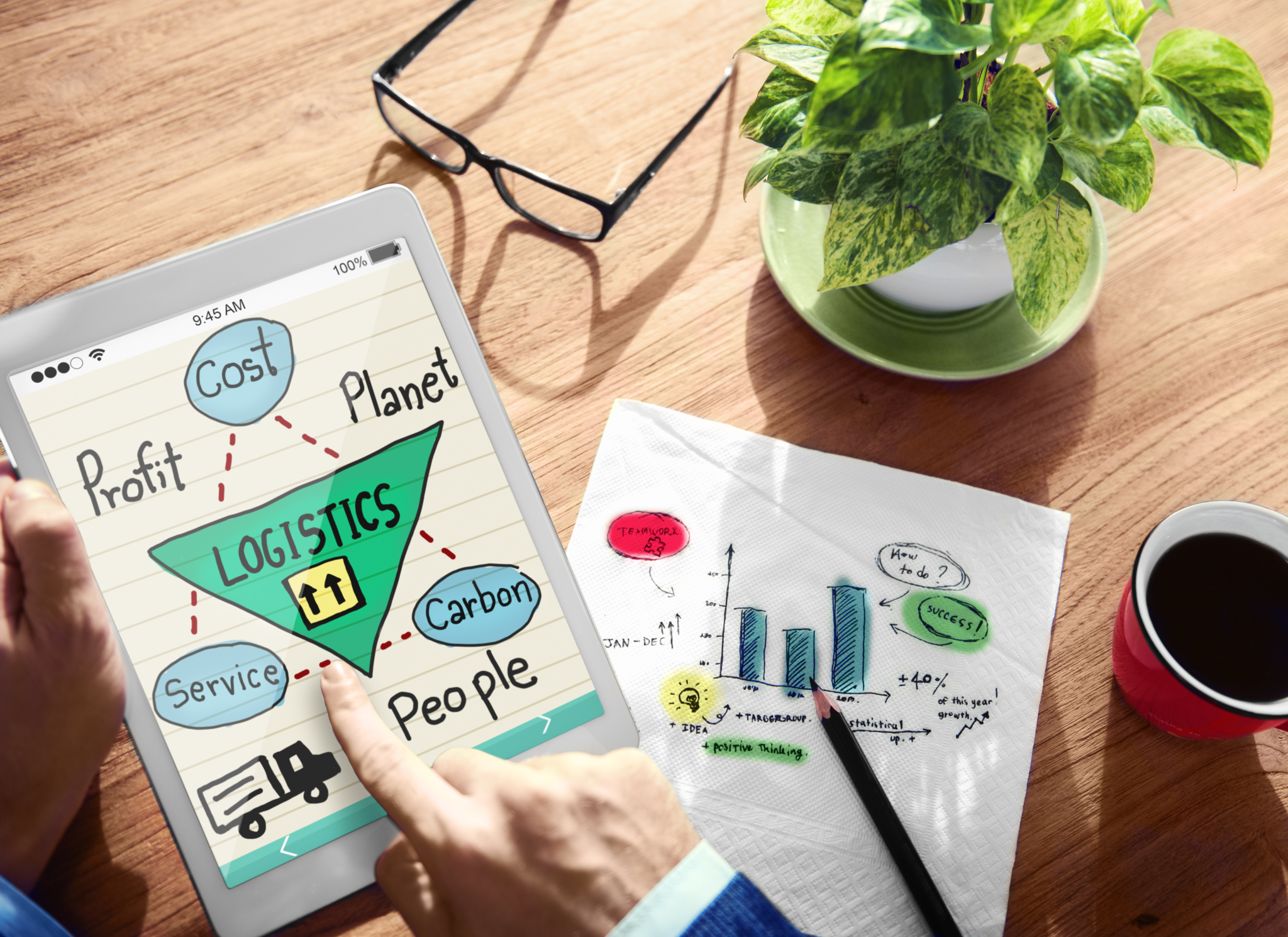

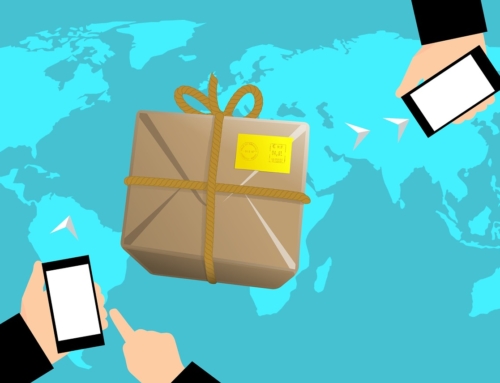
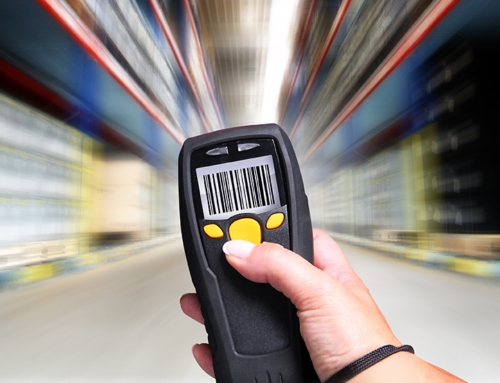
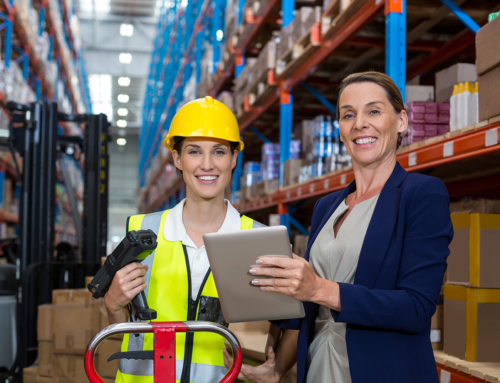
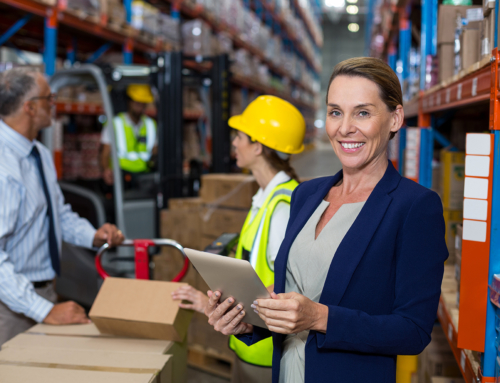
Leave A Comment